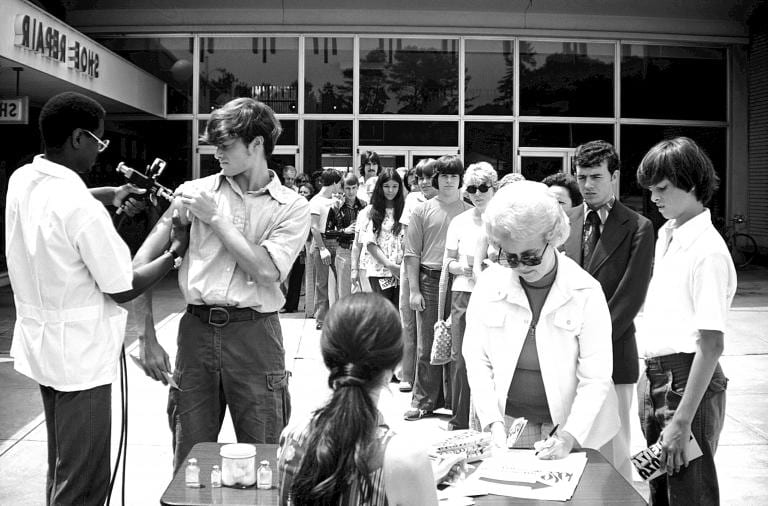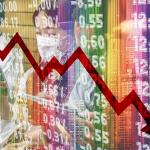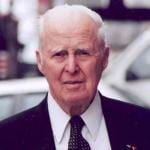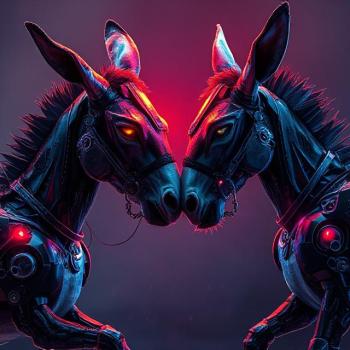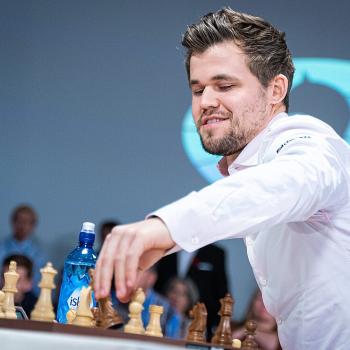In 1968-1969, as John Fund reminds us, we had another pandemic very much like this one. But we reacted to it in a completely different way.
The so-called Hong Kong Flu was much like COVID-19, a highly-contagious disease that attacked the respiratory system and was especially fatal to people over 65 with pre-existing health problems. It filled up the hospitals and in the United States killed 100,000 people. The death toll worldwide is estimated at one million.
But it never occurred to anyone to close schools or shut down businesses or forbid going to church or impose stay-at-home orders. People took a few precautions but basically took the epidemic in stride. (See also this account from the Wall Street Journal [subscription required]).
I have only the dimmest recollection of the Hong Kong Flu. I was getting ready to graduate from high school back then and my mind was filled with lots of other things, so the pandemic left zero impression on me.
I’m not saying, as some are, that the COVID-19 virus is no more serious than the flu, so we shouldn’t be taking drastic measures to try to mitigate it. The Hong Kong Flu, despite its name, was much more serious than the garden-variety influenza. Again, the death toll in the U.S. reached 100,000, which is a huge number. Maybe back then we should have done more to try to stop the epidemic.
My question is, why didn’t we? And why are we doing so now? What has changed?
Read John Fund’s article, The Forgotten Hong Kong Flu Pandemic of 1968 Has Lessons for Today in National Review and consider the possible reasons he cites for the different response:
We were more resilient then, there were no helicopter parents, and we were brought up in an era when it wasn’t unknown to get chicken pox, measles, mumps, German measles, or scarlet fever. Polio had haunted people’s nightmares until a vaccine was developed in the mid-1950s. . . .
During the Hong Kong flu, Americans rode buses less often, washed their hands, and practiced social distancing. But they went to work. . . .
Philip Snashall, a now retired professor of medicine, wrote in the British Medical Journal that his two-year-old daughter contracted the first known case of the Hong Kong flu to hit Europe. “How things change,” he noted. “The stock market did not plummet, we were not besieged by the press, men in breathing apparatus did not invade my daughter’s play group.”
The global response to COVID-19 couldn’t stand in starker contrast. Leaders have made the decision to do everything possible, including bringing entire economies to a crashing halt, to limit the loss of life. . . .
Joel Hay, a professor of pharmaceutical economics and policy at the University of Southern California, told me that the role of science has also changed. Medical technology has vastly improved from a time when people still did computations on slide rules. But the data it produces has seduced some into thinking that we know more than we actually do and that we can produce useful models to predict the course of this novel coronavirus disease. “We’re being bombarded with data, but we often act like the guy who looks for his keys under the lamppost because the light is better there,” he told me. “We aren’t asking more fundamental questions, like ‘Does this $20 trillion experiment in lockdowns actually work?’”
Our politicians also face new pressures that their counterparts in 1968 didn’t. Susan Craddock, professor at the Institute for Global Studies at the University of Minnesota, told the Wall Street Journal that 24-hour news coverage, social media, and heightened public anxiety mean today’s leaders face far more pressure to do something.
In 1969, a vaccine was developed for the Hong Kong Flu and the pandemic ended. But that particular strain of the Influenza A H3N2 virus still exists, and it’s one of those that regularly comes back during flu season and is included in today’s flu shots.
Do we have a greater concern for human life today than we did in 1968?
I do know that parents were much less protective of their children today than they were then. Schools, communities, and the legal system were not nearly as concerned with safety as they are now. (I recall that our school yard had “monkey bars” installed in concrete, which made for hard landings. There were always kids in my class with a broken arm or leg. Nobody sued. Cars mostly had seat belts by then, but hardly anyone used them until states made them mandatory beginning in the 1980s.) Probably we should have been more concerned about health and safety, but we weren’t.
Was it that we had a greater acceptance of risk, seeing it as just part of the human condition, than we have today? Do we have less courage, or less willingness to endure hardships of any kind?
Perhaps we have become so affluent and so comfortable that we can’t tolerate any threat to our physical well-being. Perhaps the decline of religious belief has shifted all of the burden of protecting and caring for ourselves on us, or, if we must depend on a higher power, on the government.
What do you think?
Photo by USCDCP, public domain via Pixnio


